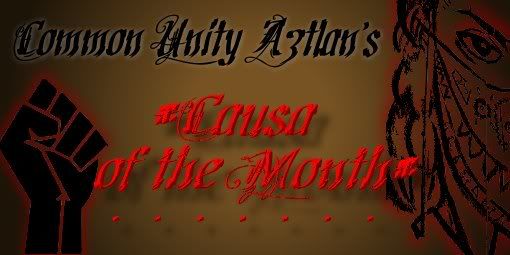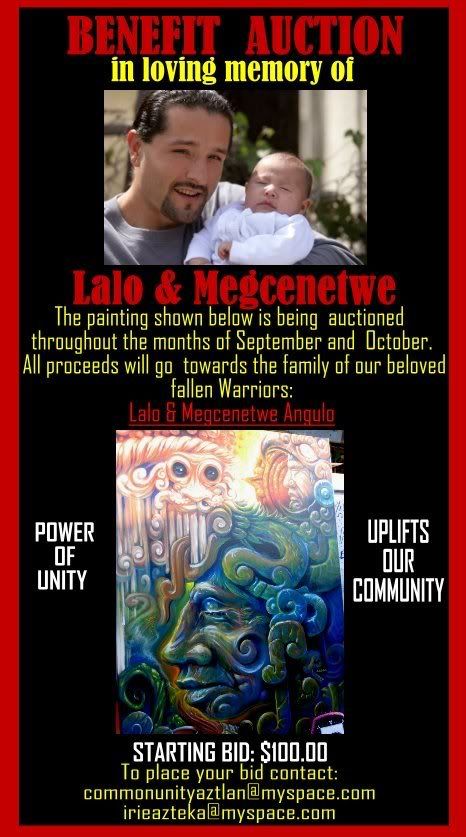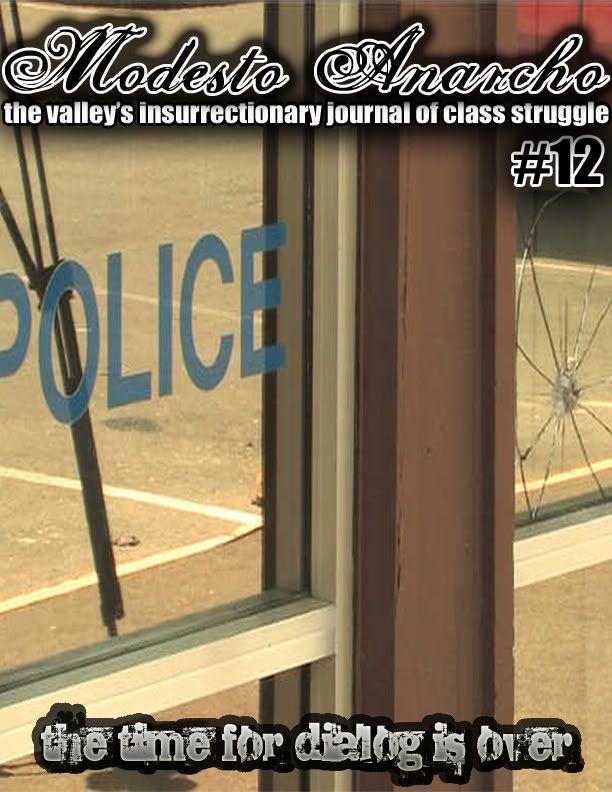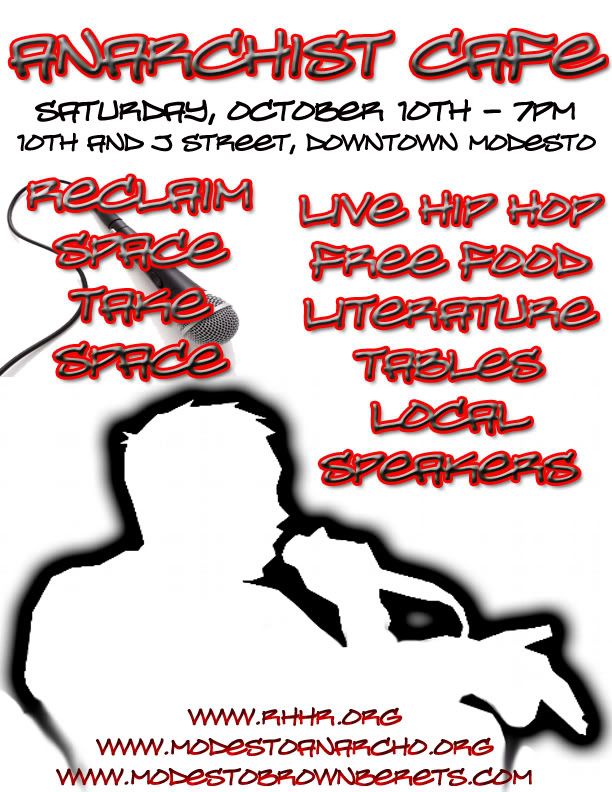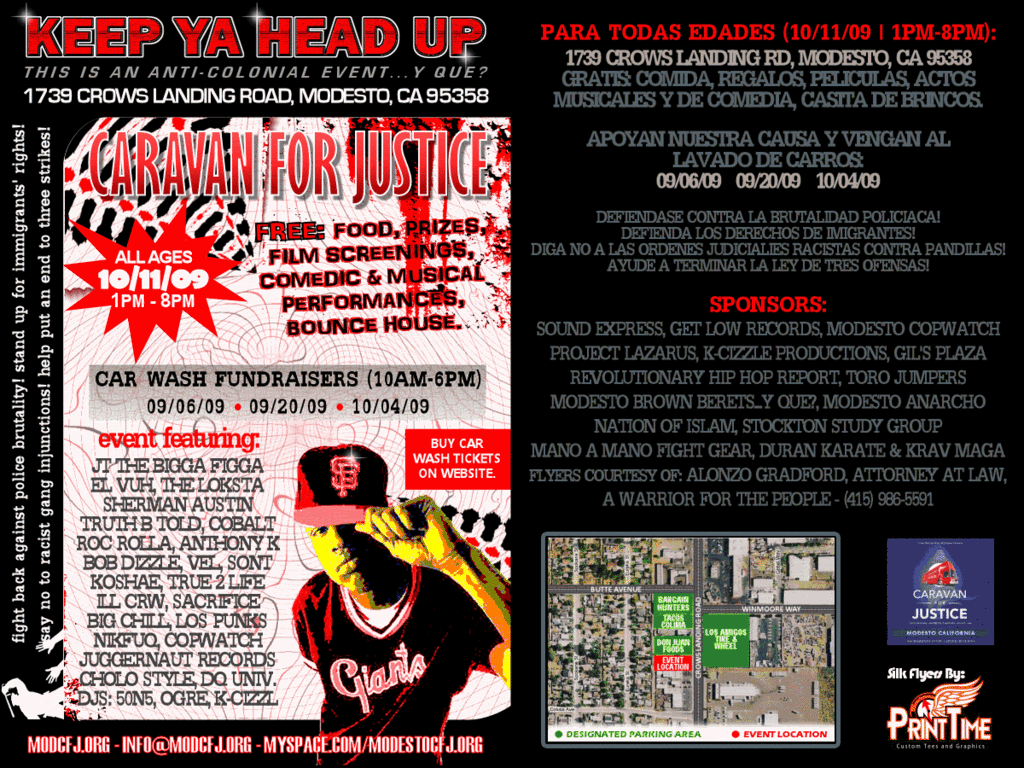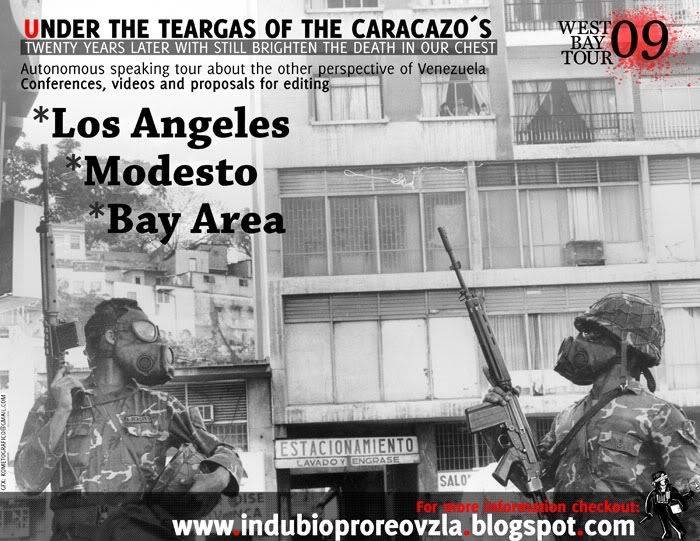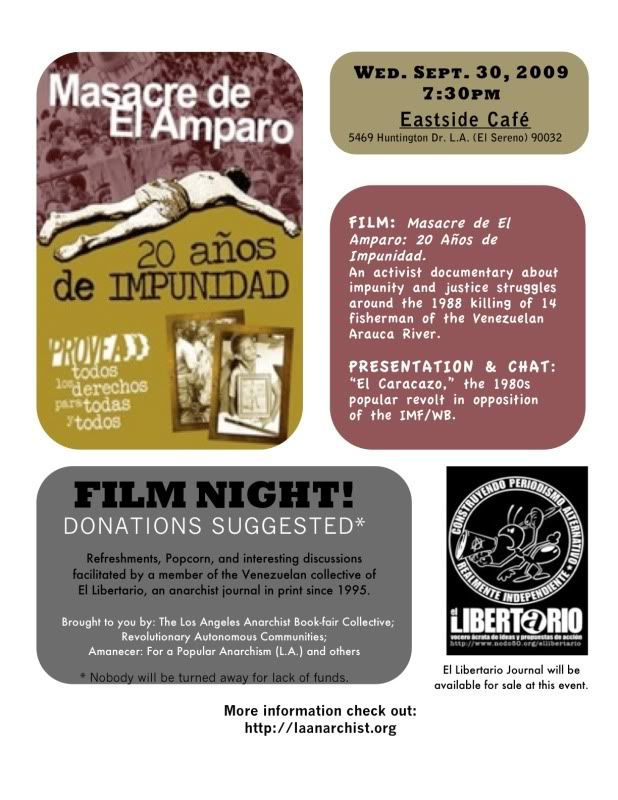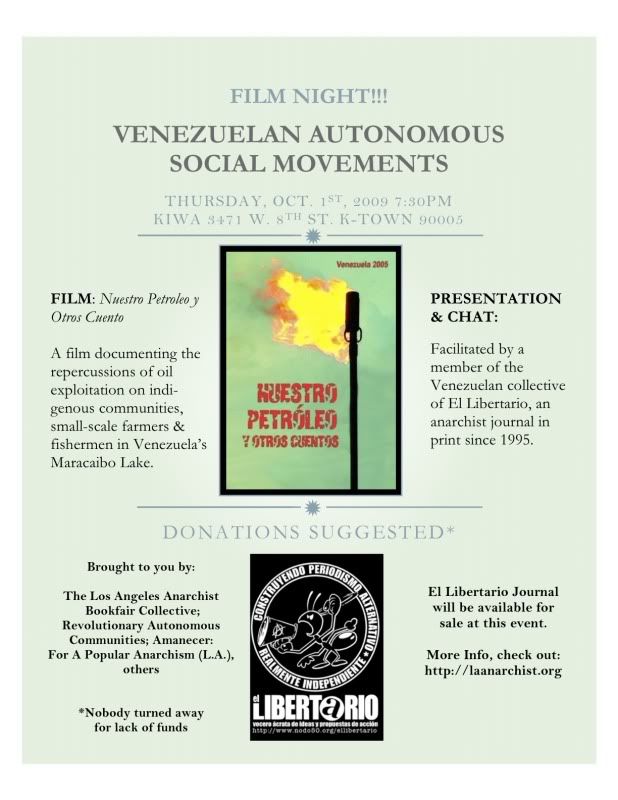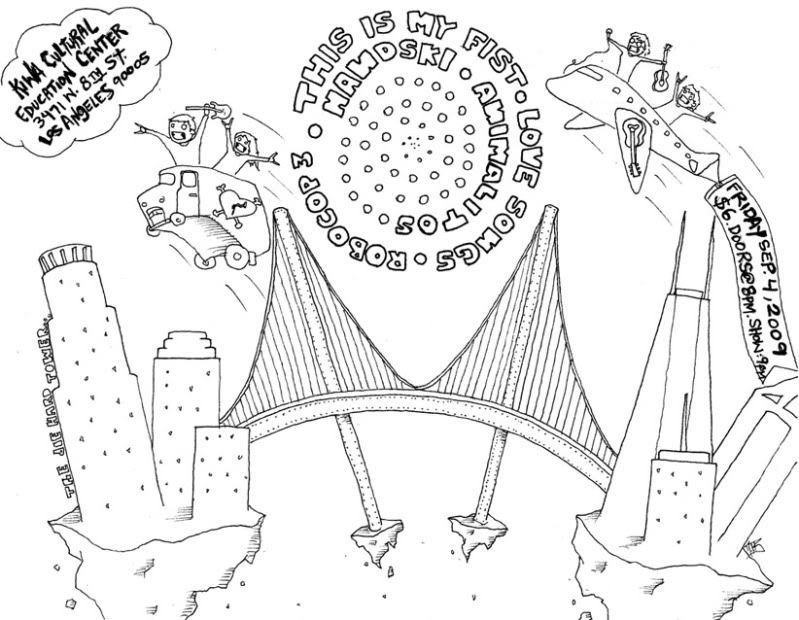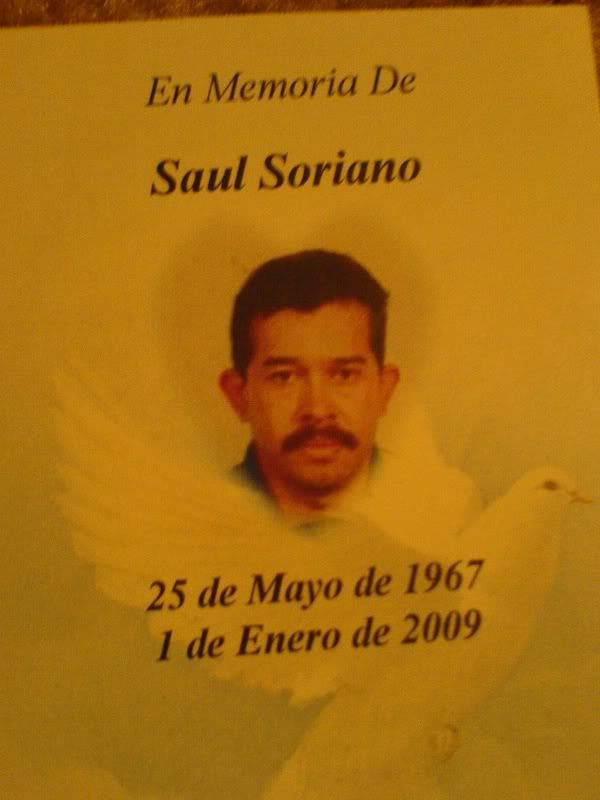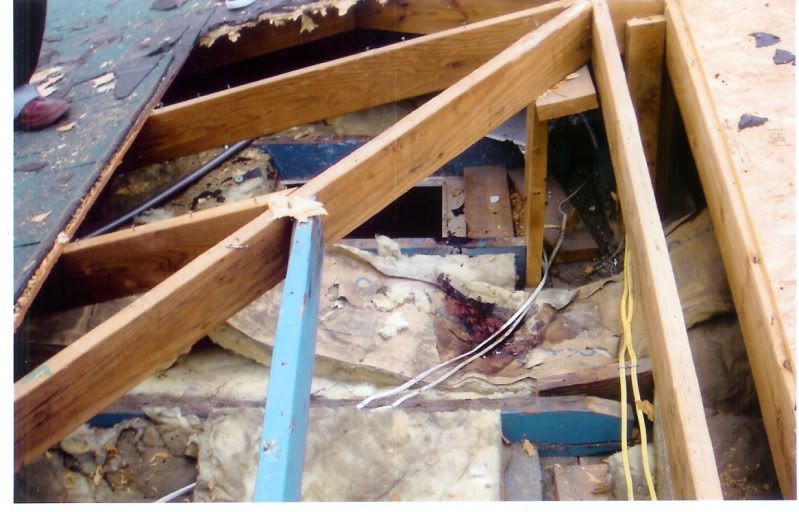Can a Mother Lose Her Child Because She Doesn't Speak English?
By Tim Padgett with Dolly Mascareñas / Oaxaca
http://www.time.com/time/nation/article/0,8599,1918941,00.html
Can the U.S. government take a woman's baby from her because she
doesn't speak English? That's the latest question to arise in the
hothouse debate over illegal immigration, as an undocumented woman from
impoverished rural Mexico — who speaks only an obscure indigenous
language — fights in a Mississippi court to regain custody of her
infant daughter.
Cirila Baltazar Cruz comes from the mountainous southern state of
Oaxaca, a region of Mexico that makes Appalachia look affluent. To
escape the destitution in her village of 1,500 mostly Chatino Indians,
Baltazar Cruz, 34, migrated earlier this decade to the U.S., hoping to
send money back to two children she'd left in her mother's care. She
found work at a Chinese restaurant on Mississippi's Gulf Coast.
But Baltazar Cruz speaks only Chatino, barely any Spanish and no
English. Last November, she went to Singing River Hospital in
Pascagoula, Miss., where she lives, to give birth to a baby girl, Rubí.
According to documents obtained by the Mississippi Clarion-Ledger, the
hospital called the state Department of Human Services20(DHS), which
ruled that Baltazar Cruz was an unfit mother in part because her lack
of English "placed her unborn child in danger and will place the baby
in danger in the future." (Read "Should a Muslim Mother Be Caned for
Drinking a Beer?")
Rubí was taken from Baltazar Cruz, who now faces deportation. In May, a
Jackson County judge gave the infant to a couple (it is unclear if for
foster care or adoptive purposes) who reportedly live in Ocean Springs.
Baltazar Cruz is challenging the ruling in Jackson County Youth Court
and hopes that if she is deported she can at least take Rubí back to
Mexico with her. (She has not disclosed the father's identity.) (See
the best and worst moms ever.)
Baltazar Cruz's case has been taken up by the Mississippi Immigrants'
Rights Alliance (MIRA) and the Alabama-based Southern Poverty Law
Center (SPLC), whose lawyers say they can't comment on its specifics
because of a judge's gag order. But Mary Bauer, the SPLC's legal
director, says that on a general level, any notion that a mother can
lose custody of a child because she doesn't speak a particular language
"is a fundamentally outrageous violation of human rights." (Read "When
Motherhood Gets You Jail Time.")
Before the gag order, advocates for Baltazar Cruz had charged that the
problems sprang from faulty translation at Singing River. Baltazar Cruz
arrived at the hospital after she flagged down a Pascagoula p
olice
officer on a city street. She was later joined there by a
Chatino-speaking relative, according to MIRA, but the hospital declined
his services and instead used a translator from state social services,
an American of Puerto Rican descent who spoke no Chatino and whose
Spanish was significantly different from that spoken in Mexico.
According to the Clarion-Ledger, the state report portrayed Baltazar
Cruz as virtually a prostitute, claiming she was "exchanging living
arrangements for sex" in Pascagoula and planned to put the child up for
adoption. Through her advocates (before the gag order), Baltazar Cruz
adamantly denied those claims. Since "she has failed to learn the
English language," the newspaper quotes the documents as saying, she
was "unable to call for assistance for transportation to the hospital"
to give birth. The social-services translator also reported that
Baltazar Cruz had put Rubí in danger because she "had not brought a
cradle, clothes or baby formula." But indigenous Oaxacan mothers
traditionally breast feed their babies for a year and rarely use
bassinets, carrying their infants instead in a rebozo, a type of sling.
MIRA has accused Singing River and Mississippi DHS of essentially
"stealing" Rubí. Citing the gag order, DHS will not comment on Baltazar
Cruz's case, but before the order, an official insisted to the
Clarion-Ledger that "the language a person speaks has nothing to do
with the outcome
of the investigation." Singing River spokesman Richard
Lucas calls the MIRA charge "preposterous" and, while noting that the
nonprofit hospital delivered Baltazar Cruz's baby free of charge,
insists it "did what any good hospital would have done given her
unusual circumstances" by alerting DHS.
Still, despite DHS statements to the contrary, language seems a central
issue in the state's case against Baltazar Cruz. It wouldn't be the
first time this has happened in the U.S. In 2004 a Tennessee judge
ordered into foster care the child of a Mexican migrant mother who
spoke only an indigenous tongue. (Another judge later returned the
child to her family.) Last year, a California court took custody of the
U.S.-born twin babies of another indigenous, undocumented migrant from
Oaxaca. After she was deported, the Oaxaca state government's Institute
for Attention to Migrants fought successfully to have the twins
repatriated to her in Mexico this summer. In such cases, says the
SPLC's Bauer, a lack of interpreters is a key factor. When a mother
can't follow the proceedings, "she looks unresponsive, and that conveys
to a judge a lack of interest in the child, which is clearly not the
case," she says. She also argues it's hard enough for any adult to
learn a new language, "let alone when you're a migrant working long
hours for low pay."
One of DHS's apparent fears is that an infant isn't safe in a home
where the mothe
r can articulate a 911 call solely in a language spoken
only by some 50,000 Oaxacan Indians. Bauer points out that children
have been raised safely in the U.S. by non-English-speaking parents for
well over a century. Had they not, thousands of Italians and Russians
would have had to leave their kids with foster care on Ellis Island.
"Raising your child is one of the most fundamental liberties, and it
can only be taken from you for the most serious concerns of
endangerment," says Bauer. "Not speaking English hardly meets that
standard."
Rosalba Piña, a Chicago attorney who co-hosts a local radio program on
immigration law, agrees. She likens Mississippi officials to those who
fought to keep 6-year-old Elián Gonzalez in the U.S. nine years ago
because they argued his life would be better here than in impoverished
Cuba with his father. "They're ignoring basic U.S. and international
law," says Piña. "Unless there's some real threat to the child's life
back in the home country, most judges know it's in the child's best
interest to be with his parents." In the end, she notes, Rubí is a U.S.
citizen who could return to this country at any time as an adult.
The next court hearing in Baltazar Cruz's case is slated for November.
In the meantime, Mexican consular officials in the U.S. struck an
agreement with Mississippi authorities this month to ensure that Mexico
will be informed when nationals like B
altazar Cruz become embroiled in
cases like this. Says Daniel Hernandez Joseph, director of Mexico's
program for protection of citizens abroad: "The main concern of the
Mexican government is not to separate immigrant families." Baltazar
Cruz now has to persuade Mississippi judges that it should be their
concern too.

